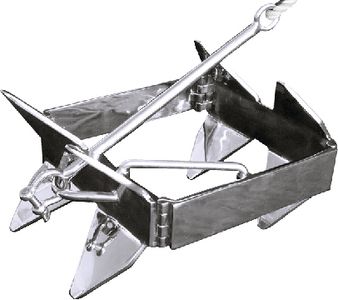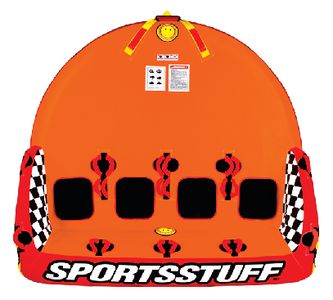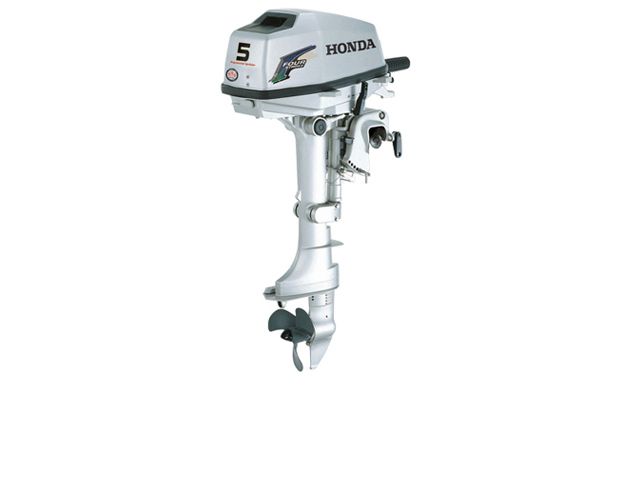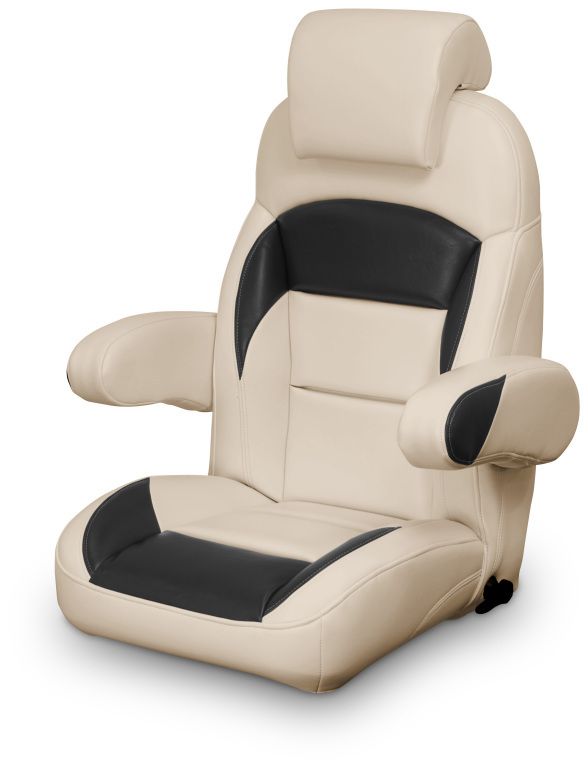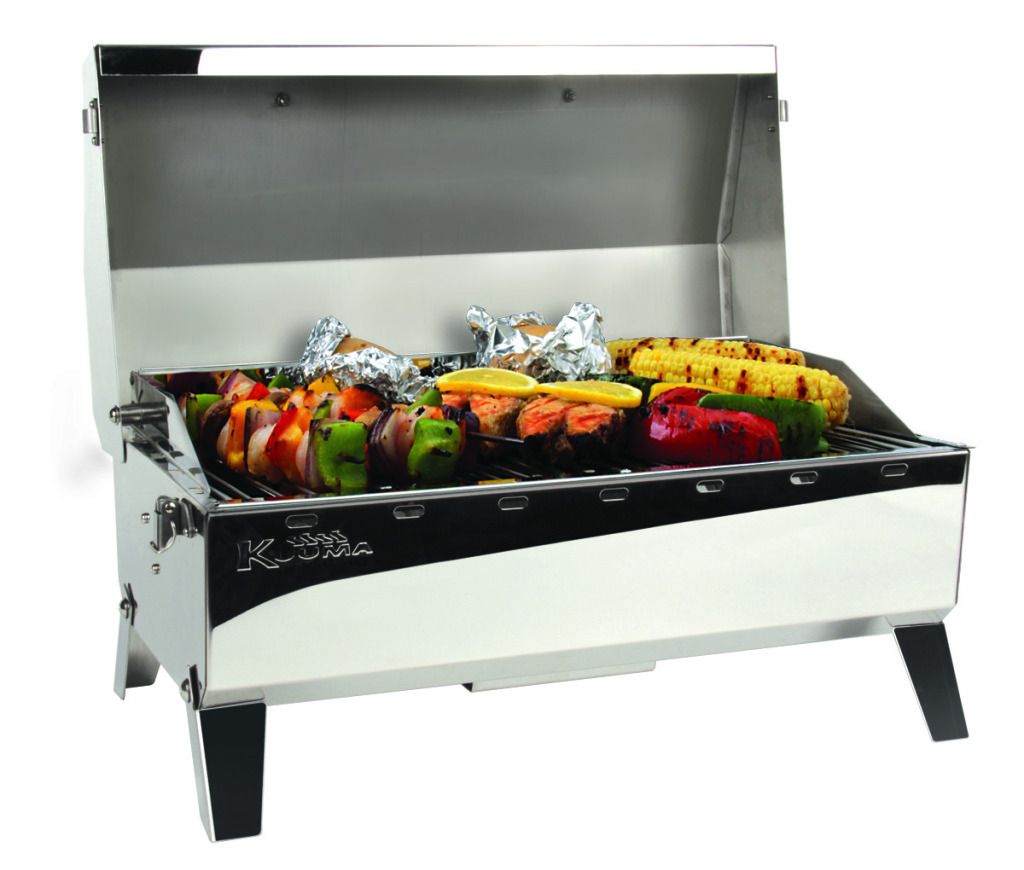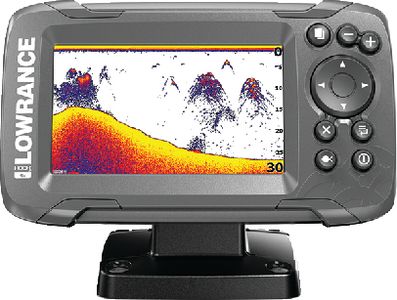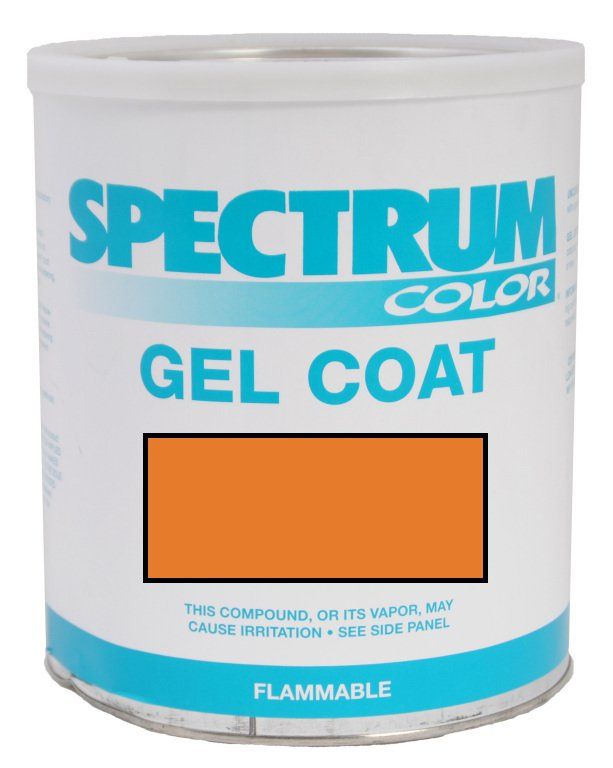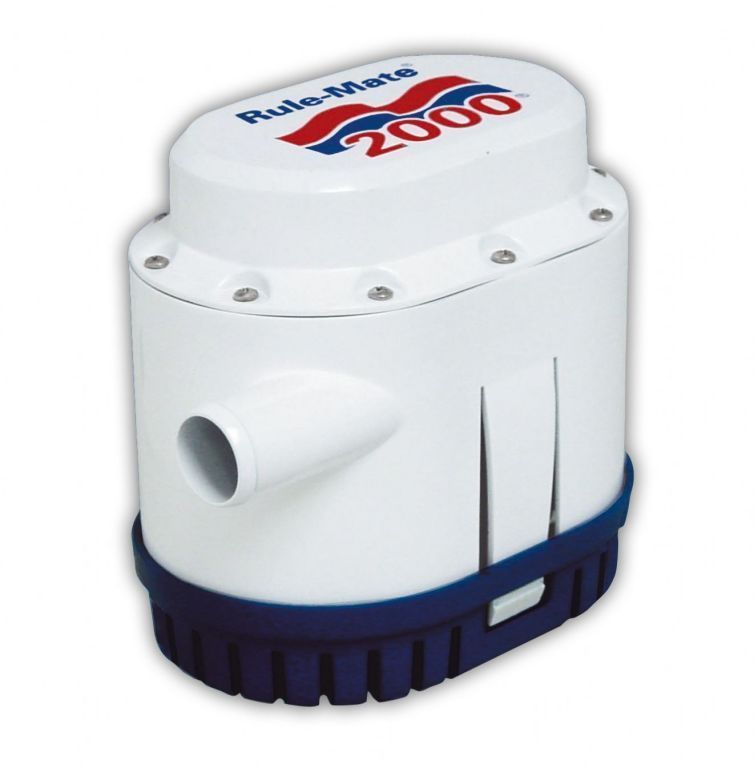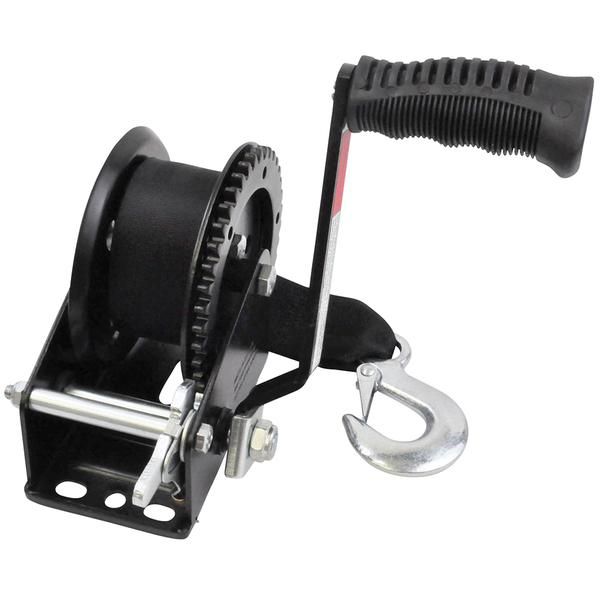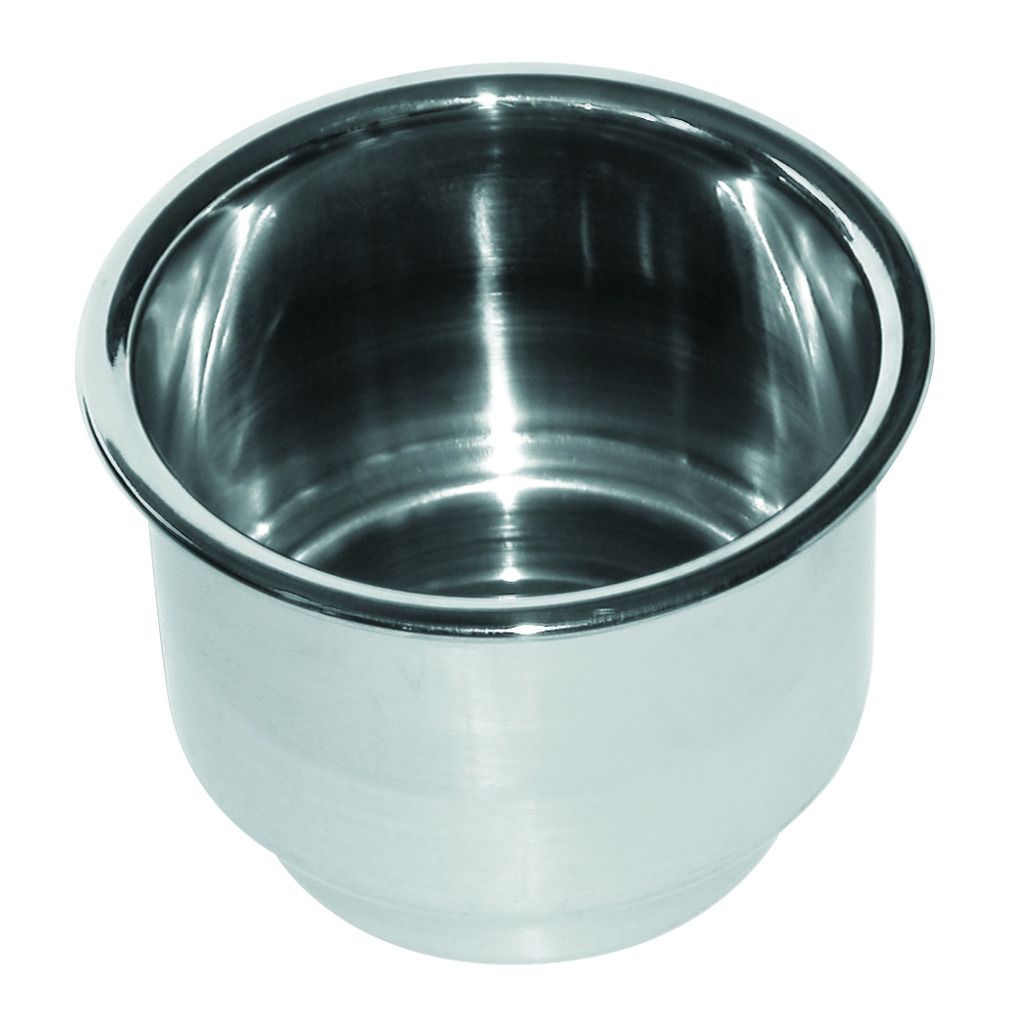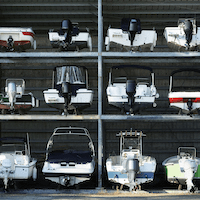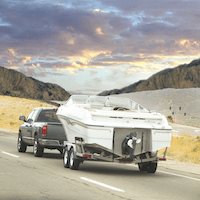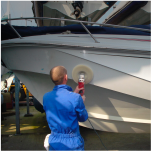J_48_Johnson
Cadet
- Joined
- Jun 14, 2012
- Messages
- 10
Howdy all, I need some help.
My '56 Fastwin 15 found a piece of bedrock with the prop while fishing in Canada. I was at WOT and as the pin sheared the motor free revved until I got off of the throttle, (about a half second), and then the rpm's dropped till the motor shut off. I couldn't restart it. Fearing the worst, I didn't try to restart it after this, I just brought it home at the end of the trip and started pulling the lower unit off. I pulled the prop off and the pin fell out in three pieces. When I pulled the lower unit off and took it apart, everything looked great. Even though this is a 1956, fifty seven years old, the motor has to have very low hours on it. The cheeks of the gears have a wear pattern in them that looks like silver smudges on the black tooth of the gear. Just off of center there is a silver smudge that looks like the black has been polished off of the gear tooth cheek. I went ahead and ordered new parts, o-ring, impeller, and pins for the lower unit and moved to the power head.
I borrowed a flywheel puller from a buddy, the same one I borrowed a year ago after our trip to Canada when I had ignition problems, (look for a post by me from about a year ago on these same forums, thanks to all for helping with that problem), and pulled the starter rope assembly, flywheel, and stator plate. I thought that since it didn't start, I must have sheared the pin that holds the cam wheel to the crankshaft causing an out of timing problem. No such luck. Everything I could see was in perfect condition. Let me back up a minute here... As I took the engine cover off, I noticed that the glass bowl that holds the fuel filter was empty telling me that the float bowl was empty. I wondered to myself... "Could I have ran all of the fuel out of the engine and that what was causing it to not start"? Okay, back to the stuff inside. I had to know what the problem was, so to do so, I had to pull it down and take a look. Nothing looked bad so I buttoned it up and waited for my lower end parts to come in.
Once I got the parts, I put the lower unit back together and put it back on the engine. Or TRIED to put it back on the engine. This whole process is a p.i.t.a. by yourself. Hold the lower unit with one hand while guiding the rubber grommet onto the water pipe, while guiding the shift lever linkage into the shift lever coupler while guiding the toothed drive shaft into the toothed crankshaft, while turning the prop shaft to get it lined up. ARGH! Six hands, two buddies, and a case of beer would have come in handy about now. Anyway, on one of the many attempts of doing this juggling act, I grabbed a flashlight and looked up the middle third of the motor. The part between the power head and the lower unit. (What is this whole section of an outboard called?) I looked up inside and saw something hanging down that didn't belong. It was sooty and lodged in what I would guess is the exhaust portion of the middle third of this section of the motor. After much work, I dislodged two pieces of pipe, about two and a half inches long for the one, and about three inches long for the other out of this section of casting of the motor section. Could this be an internal exhaust pipe to get the gasses below the water line for sound reduction and cooling? I have no idea what they are for, but I think I found an answer to a problem that I MAY have had all along with this motor but never knew I had. *(More on this later). Before I tested it, I pulled the plugs and turned the flywheel to see if I could notice anything wrong. All I heard was what I had heard last year when I did the same thing as I worked on the ignition portion of the motor. I could hear the pistons going up & down in the bores with no dragging or feeling any unwanted friction. I think the pistons are okay, the skirts and rings sounded okay if you can hear them being okay. I guess what I'm saying is that I didn't hear any unwanted grinding or dragging where anything was broken or scored. Anyway, I got the lower unit bolted back in place, filled and ready to test the engine.
I got it on the stand, and got a tub of water filled around it, hooked the fuel line to it, primed the can, (old pressure style can), and pulled. I pulled, and pulled, and pulled, (add about 100 more of these), and finally I got a small backfire. I kind of thought this would be the case since I did find the glass bowl empty meaning the float bowl would also be empty causing a hard to start situation. Once I got it to backfire and it had ideas of coming to life, that's all I got, just backfires and a small "I want to start" kick once in a while. Now I couldn't tell where the backfires were coming from since it was sitting in a trashcan full of water the backfire was coming from the engine, but that's all I could tell. I think it was from the exhaust, but I'm not sure. The reason I say this is because the carb. has a muffler of sorts on it making it run quieter as it pulls air in, and it was under the hood/engine cover. The pop I heard sounded louder that would be possible from under the cover and through the air intake muffler. Anyway, all I could get was a backfire with a no start condition.
I've never worked on any type of reed valve so I have no clue as to what to look for when they go bad. Could the WOT free rev situation I had cause the reed valves to fail? If so, how can I tell or what do I look for to find out if that's the problem? Now I may be full of it, but here goes... From what I know of how reed valves work, (you couldn't fill up a thimble with my reed valve knowledge), the exhaust side opens to let the spent gasses out of the combustion chamber and close to not let anything back in as the intake reed valves open to pull in a fresh air/fuel charge. If this is correct, I don't see where the backfire would come from.
*(This is the more on this later section)
One of the boats that went on the trip this year had a 9.9 Merc. With everything being equal, 14' deep-vee's, I would say our total weight compared to their total weight was about 100 pounds more. I could just outrun him with my 15. Should this be the case or should I have been able to flat out leave him? What I'm thinking is this... The two pieces of tube I found in what I would say would be the exhaust portion of the middle third of my motor may have been blocking exhaust gasses from escaping thus causing a less than full air/fuel mixture to enter the combustion chamber causing a loss of power I never knew I had. If these pieces of tube were blocking the exhaust from exiting the motor, I would have a loss of power for as long as I've owned the motor, or about ten years. With this being said, my motor for the lack of a better term has always sounded "mechanical". What I mean by this is that when running at an idle or WOT, you can hear the motor working. You can hear the mechaical-ness, (a word I just made up for the sound of my motor), of the motor as it runs. It isn't a good or bad thing, just the way it has always sounded. I'm wondering now if part of that wasn't these two pieces of tube vibrating and clunking around the whole time I've owned the motor.
With all of this laid out, I need some help.
What's with the backfire and no start condition?
What are the pieces of pipe I found lodged in the motor?
What happens when reed valves go bad or do they cause backfire such as what I've described when they do go bad?
My '56 Fastwin 15 found a piece of bedrock with the prop while fishing in Canada. I was at WOT and as the pin sheared the motor free revved until I got off of the throttle, (about a half second), and then the rpm's dropped till the motor shut off. I couldn't restart it. Fearing the worst, I didn't try to restart it after this, I just brought it home at the end of the trip and started pulling the lower unit off. I pulled the prop off and the pin fell out in three pieces. When I pulled the lower unit off and took it apart, everything looked great. Even though this is a 1956, fifty seven years old, the motor has to have very low hours on it. The cheeks of the gears have a wear pattern in them that looks like silver smudges on the black tooth of the gear. Just off of center there is a silver smudge that looks like the black has been polished off of the gear tooth cheek. I went ahead and ordered new parts, o-ring, impeller, and pins for the lower unit and moved to the power head.
I borrowed a flywheel puller from a buddy, the same one I borrowed a year ago after our trip to Canada when I had ignition problems, (look for a post by me from about a year ago on these same forums, thanks to all for helping with that problem), and pulled the starter rope assembly, flywheel, and stator plate. I thought that since it didn't start, I must have sheared the pin that holds the cam wheel to the crankshaft causing an out of timing problem. No such luck. Everything I could see was in perfect condition. Let me back up a minute here... As I took the engine cover off, I noticed that the glass bowl that holds the fuel filter was empty telling me that the float bowl was empty. I wondered to myself... "Could I have ran all of the fuel out of the engine and that what was causing it to not start"? Okay, back to the stuff inside. I had to know what the problem was, so to do so, I had to pull it down and take a look. Nothing looked bad so I buttoned it up and waited for my lower end parts to come in.
Once I got the parts, I put the lower unit back together and put it back on the engine. Or TRIED to put it back on the engine. This whole process is a p.i.t.a. by yourself. Hold the lower unit with one hand while guiding the rubber grommet onto the water pipe, while guiding the shift lever linkage into the shift lever coupler while guiding the toothed drive shaft into the toothed crankshaft, while turning the prop shaft to get it lined up. ARGH! Six hands, two buddies, and a case of beer would have come in handy about now. Anyway, on one of the many attempts of doing this juggling act, I grabbed a flashlight and looked up the middle third of the motor. The part between the power head and the lower unit. (What is this whole section of an outboard called?) I looked up inside and saw something hanging down that didn't belong. It was sooty and lodged in what I would guess is the exhaust portion of the middle third of this section of the motor. After much work, I dislodged two pieces of pipe, about two and a half inches long for the one, and about three inches long for the other out of this section of casting of the motor section. Could this be an internal exhaust pipe to get the gasses below the water line for sound reduction and cooling? I have no idea what they are for, but I think I found an answer to a problem that I MAY have had all along with this motor but never knew I had. *(More on this later). Before I tested it, I pulled the plugs and turned the flywheel to see if I could notice anything wrong. All I heard was what I had heard last year when I did the same thing as I worked on the ignition portion of the motor. I could hear the pistons going up & down in the bores with no dragging or feeling any unwanted friction. I think the pistons are okay, the skirts and rings sounded okay if you can hear them being okay. I guess what I'm saying is that I didn't hear any unwanted grinding or dragging where anything was broken or scored. Anyway, I got the lower unit bolted back in place, filled and ready to test the engine.
I got it on the stand, and got a tub of water filled around it, hooked the fuel line to it, primed the can, (old pressure style can), and pulled. I pulled, and pulled, and pulled, (add about 100 more of these), and finally I got a small backfire. I kind of thought this would be the case since I did find the glass bowl empty meaning the float bowl would also be empty causing a hard to start situation. Once I got it to backfire and it had ideas of coming to life, that's all I got, just backfires and a small "I want to start" kick once in a while. Now I couldn't tell where the backfires were coming from since it was sitting in a trashcan full of water the backfire was coming from the engine, but that's all I could tell. I think it was from the exhaust, but I'm not sure. The reason I say this is because the carb. has a muffler of sorts on it making it run quieter as it pulls air in, and it was under the hood/engine cover. The pop I heard sounded louder that would be possible from under the cover and through the air intake muffler. Anyway, all I could get was a backfire with a no start condition.
I've never worked on any type of reed valve so I have no clue as to what to look for when they go bad. Could the WOT free rev situation I had cause the reed valves to fail? If so, how can I tell or what do I look for to find out if that's the problem? Now I may be full of it, but here goes... From what I know of how reed valves work, (you couldn't fill up a thimble with my reed valve knowledge), the exhaust side opens to let the spent gasses out of the combustion chamber and close to not let anything back in as the intake reed valves open to pull in a fresh air/fuel charge. If this is correct, I don't see where the backfire would come from.
*(This is the more on this later section)
One of the boats that went on the trip this year had a 9.9 Merc. With everything being equal, 14' deep-vee's, I would say our total weight compared to their total weight was about 100 pounds more. I could just outrun him with my 15. Should this be the case or should I have been able to flat out leave him? What I'm thinking is this... The two pieces of tube I found in what I would say would be the exhaust portion of the middle third of my motor may have been blocking exhaust gasses from escaping thus causing a less than full air/fuel mixture to enter the combustion chamber causing a loss of power I never knew I had. If these pieces of tube were blocking the exhaust from exiting the motor, I would have a loss of power for as long as I've owned the motor, or about ten years. With this being said, my motor for the lack of a better term has always sounded "mechanical". What I mean by this is that when running at an idle or WOT, you can hear the motor working. You can hear the mechaical-ness, (a word I just made up for the sound of my motor), of the motor as it runs. It isn't a good or bad thing, just the way it has always sounded. I'm wondering now if part of that wasn't these two pieces of tube vibrating and clunking around the whole time I've owned the motor.
With all of this laid out, I need some help.
What's with the backfire and no start condition?
What are the pieces of pipe I found lodged in the motor?
What happens when reed valves go bad or do they cause backfire such as what I've described when they do go bad?

